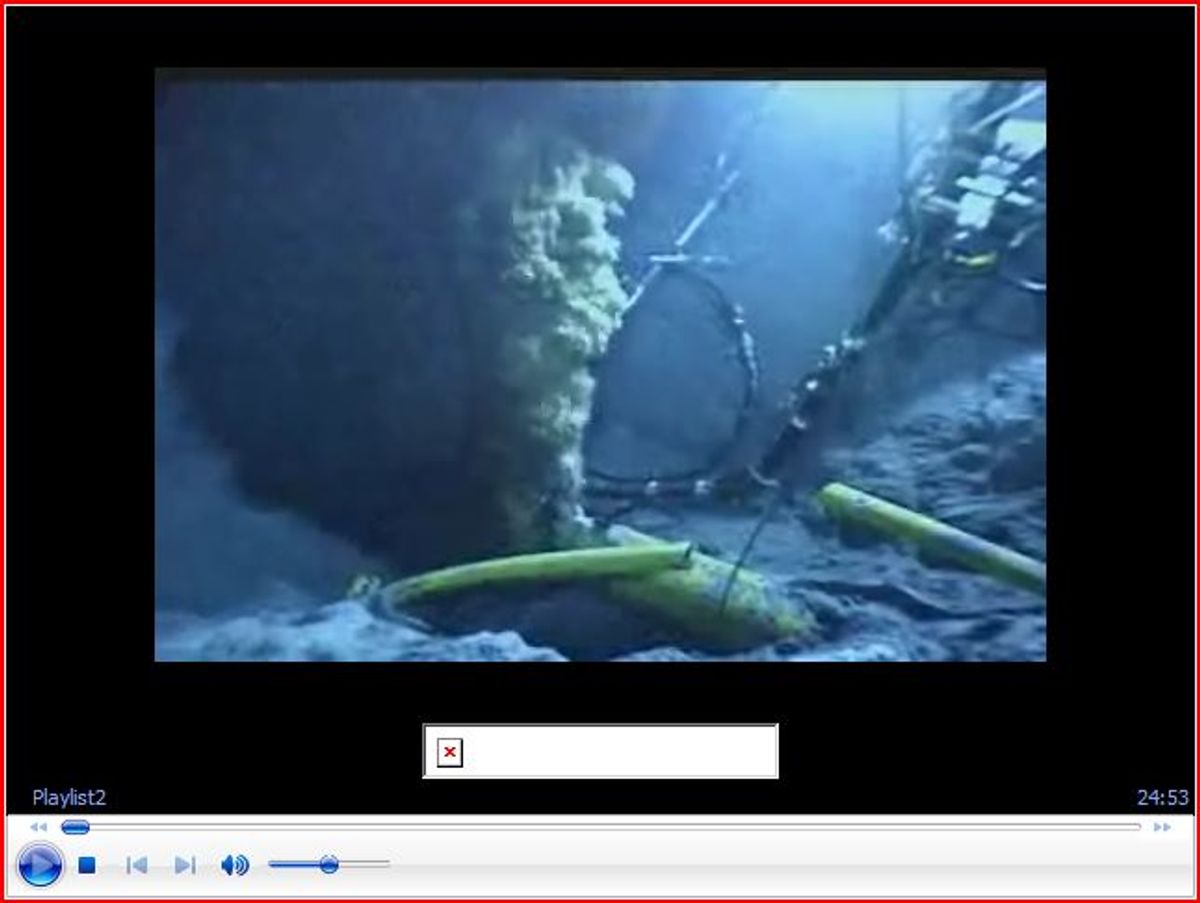Government agencies and industry engineers have been viewing this feed for two weeks. BP made it accessible today to gasoline consumers and shareholders of the Gulf of Mexico ecosystem at the urging of Ed Markey, chair of the House Select Committee on Energy Independence and Global Warming and an advocate of fossil fuel-free energy and transportation.
Just how much of the oil our cars and trucks need is instead spilling out of the Deepwater Horizon's crippled riser? BP and the Unified Command directing the spill response have stuck for weeks with an admittedly imprecise estimate of 5,000 barrels per day (bpd), while independent scientists analyzing earlier video imagery argued for a number of 20,000-100,000 bpd. BP's explanation for the discrepancy is the large amount of natural gas exiting the riser (about half of the plume, says BP) and distortion of the riser, whose diameter is now 30% wider than its pre-accident dimension of 19.5 inches.
We may get a better number tomorrow, when a panel of federal scientists is mandated to report their best estimate.
The new federal figure may, however, be outdated by early next week when BP plans to attempt its most invasive intervention to stem the leak. As I report in MIT Technology Review today, their 'top kill' method could stanch the flow altogether, or break it wide open.
Peter Fairley has been tracking energy technologies and their environmental implications globally for over two decades, charting engineering and policy innovations that could slash dependence on fossil fuels and the political forces fighting them. He has been a Contributing Editor with IEEE Spectrum since 2003.




